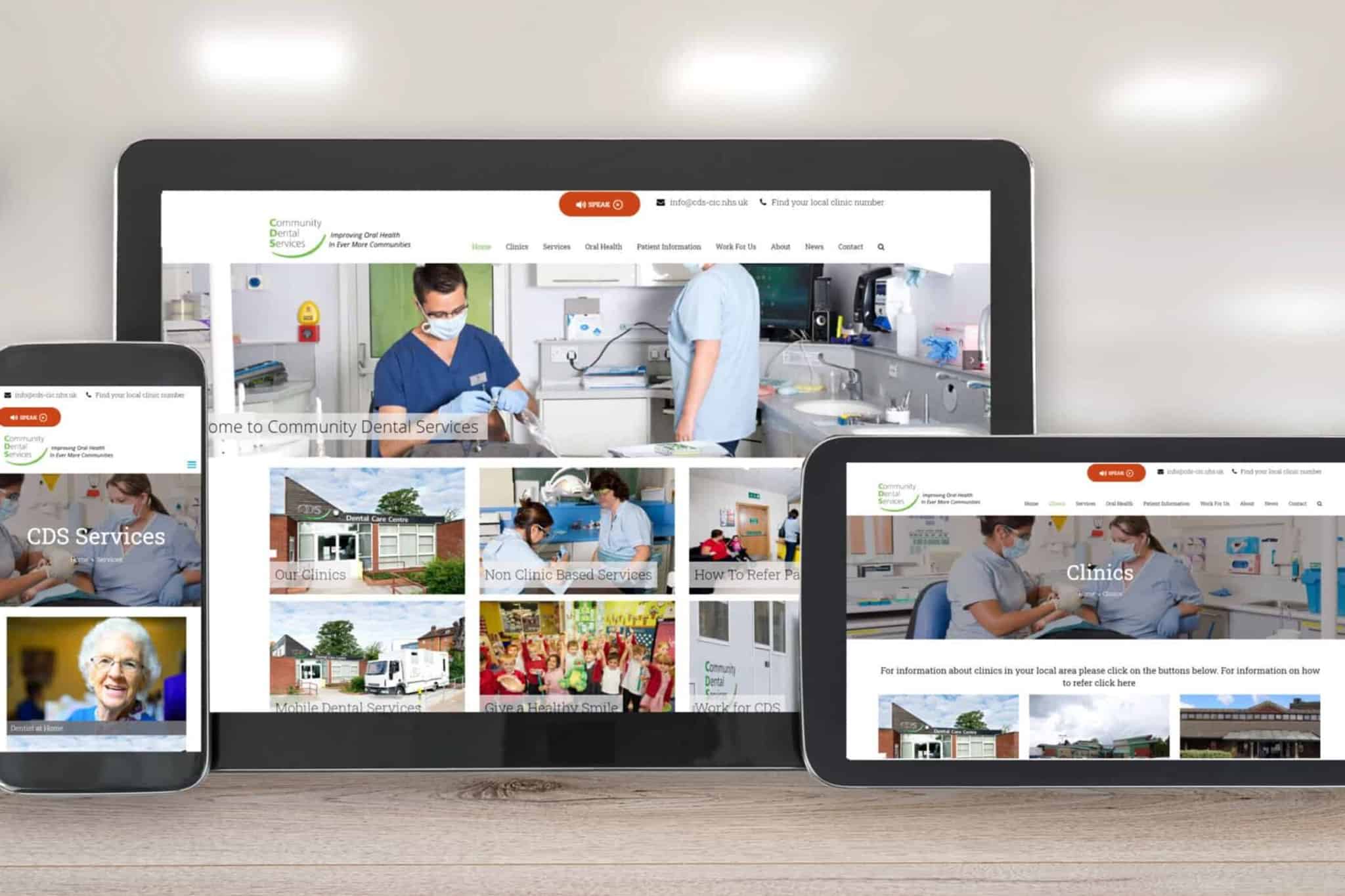Manufacturing Marketing Strategy
Manufacturers are traditionally not marketing-driven companies. Its time for manufacturers to embrace marketing, shift the mindset from expense to revenue generator and put together a Manufacturing Marketing Strategy and action plan. The context of this detailed article is based on the following guiding principles that are now well established in 2022.
- The need to understand and recognise that there has been a power shift
- Who is part of the decision making unit
- Knowledge is power and you need to know how to exploit
- Sell to those who want to buy
- Demand needs to created and this takes time
- Communication both internal and external has never been more important
- Create value in what you do, this will translate into trust and attention
- Be patient in how you measure results
Manufacturing companies who have created more active business development functions have tended towards being sales-oriented (rather than marketing-oriented).
For many manufacturers when the word “marketing” is spoken it’s often in the context of an expense, along the lines of designing printed materials for the sales team to leave behind after meetings, or posting photos on social media.


1: There’s been a power shift from seller to buyer
Think back 20-ish years, in the office there would be a big clunky off-white computer monitor, you would be waiting on your dial-up connection to lock in before you could Yahoo whatever you were looking for.
So much has changed, and so fast, now come back to the present day. It’s so easy to collect information about anything now. Whether you’re starting the search for a new laser, deciding which camera you want to spend your salary on or simply looking for a list of holiday options, the buying power is in your hands. Not the seller’s.
As a manufacturing organisation what doe’s that mean for you?
- Your prospects are actively looking for answers to their questions online
- How do I …?
- What is the…?
- Can I connect a ….?
- Your prospects are consuming written, video, audio and visual content, as they seek to have their questions answered and learn
- Your prospects can easily compare their purchasing options
- They’ve evaluating prospective partners and vendors
- They are getting an idea of pricing options
- Once they have gathered some information, then, they get ready to make a sales call
So while a majority of manufacturers are still busy with printed brochures and product catalogues, the smart manufacturers are looking at the digital world to provide answers to prospects questions. They are talking about solutions to common industry problems, comparing process methodology for doing it alternative ways, educating about timeline to ROI and total cost of ownership and sharing success stories to make everything more tangible.
The smartest manufacturers are recognising that they’re not going win solely based on their historical reputation, their existing customer base and referrals as these alone aren’t sufficient anymore.
Manufacturers with a marketing perspective are adapting to how buyers are buying right here and right now. Most importantly they’re meeting these prospects where they are inhabiting.
2: Who is part of the decision making unit
If you are manufacturing a product there are potentially 3 sets of buyers
- Group 1: – Those people who will actually be using your product as part of their daily activities ( e.g. machinists , operators, technologists, engineers)
- Group 2: – These people are trying to solve problems on the factory floor / within the organisation
- Group 3: – The people who have control of the budget and ultimately authorise any purchases ( but only after group 2 have had their say)
If you can learn what matters to each of these key buying process influencers and earn their attention and trust by helping and guiding them, they’ll be your advocates when the buying process eventually does move into procurement’s hands.
Warning– if you only focus group 3, you’ll brand your company as a commodity and find yourself in a race to the bottom on price.
3: Knowledge is power
The best content comes from the brains of your company’s subject matter experts. When I talk to Managing Directors or Engineering Directors I often have to remind them that are a valuable source of information and knowledge and things they take for granted are of high value to a prospect.
We’ve already talked about identifying the challenges, common questions and desired future states of your prospects. And we’ve talked about tactical ways to create content that will address those things (written, video, webinar, audio, etc). The likelihood is that whilst the knowledge may be within the manufacturing business, getting the information out in order to create content assets is always a challenge?
Employees are always too busy working in the company to spend time writing a 2000-word blog post? The approach we take is t talk to company subject matter expert within the business. Ahead of the interview we’ll do the preparatory work, so we’re asking the right questions. Then we’ll conduct a 30-minute interview to extract the key insights around the topic from that person. Following the interview, we’ll often do more research to help clarify points that were made and send a draft article for the client to review.
Importantly the insights come from the brain of the subject matter expert who understands the sector issues / pains.
4: Sell to those who want to buy
The majority of your total addressable market is not in buying mode at this exact moment in time
If there are 100 companies that could conceivably be your customers, maybe 1 to 3 are actively looking for a solution currently. This number is likely to increase the closer your product approaches commodity status. Equally, this number shrinks the more specialised, complex and bigger-ticket your product is.
When active buyers are looking for a solution, they go to places like:
- Their network
- Industry resources or organizations
So the challenge is that we may not know exactly which businesses are buying right now, but we want to make sure they know about you. This is called “capturing existing demand”.
This is where both search engine optimisation (SEO) and paid search (ads) enter the picture.
SEO is a very long game. You need to build authority in the eyes of Google (or other search engines) just as you build authority in the real world requiring
- Time.
- High-quality, genuinely resourceful content.
- Credible inbounds links from authoritative relevant sources to your website
- A sound strategy to pull all of this together.
SEO is important but difficult
SEO matters. But it’s hard to win in the short term if you’re just getting started.
The compliment to SEO (and in most cases, a way to move more quickly toward meaningful results) is paid search. With paid search (think Google Ads), you’re essentially paying for website traffic by selecting and bidding on keywords. So the more popular and higher converting keywords will cost significantly more money
It’s very easy to waste money doing lead generation with pay-per-click (PPC) ads. One of the most strategic pieces of advice I can offer is to focus your PPC spend on high-intent keywords. Let me illustrate with an example:
For Blue Dolphin, we would bid on keywords like “manufacturing marketing agency” — not “manufacturing marketing strategy”.
Why do we do this?
The reason is that those companies who are specifically searching for an agency are exhibiting signs of buying intent whereas those researching strategy are probably looking to learn. While we welcome manufacturing visitors from both categories, we don’t want to pay for non converting traffic. To educate those who want to learn about marketing strategy we would rather gain their attention organically and through other lower cost marketing approaches.
Aside from going to Google (other search engines), prospects who are actively looking to buy will use other approaches. Don’t overlook referral networks and visit industry forums, directories and/or associations websites.
5: Create demand with your Manufacturing Marketing Strategy
Revisiting our hypothetical total addressable market of 100 customers that we described in point 4. If 1 to 3 of those 100 might be active buyers at this moment in time, that means 97 companies that fit your Ideal Customer Profile remain.
These businesses are not in buying mode right now, but many of them will be at some point ( a week or a month or a year) , but right now, they’re not.
So a “Buy Now” message doesn’t resonates with that vast majority of your audience? At best they’re ignoring you, at worse, they’re blocking you because all you do is blast unwelcome sales messaging continually.
Just because someone in your target audience isn’t buying right now doesn’t mean they’re a “bad” prospect or lead, it just means that they’re not ready for sales messaging “YET”.
Lets briefly revisit the approaches already covered:
- Knowing who the buying process influencers are ( they may have multiple personas)
- Understanding what matters to them ( they may have different issues of importance and value)
- Creating amazing content that earns their trust and attention
Now it’s time to go actively distribute this content to them to assure that the messaging is actually consumed by the right people from the right companies.
You are probably like most manufacturing companies in that you don’t have the luxury of just waiting for future customers to knock on your door. You need to proactively get out into the world, build personal connections and earn trust. For most, these are sales activities, but we believe marketing has a significant role to perform here as well.
Content distribution can take on many forms. Here are a few worth noting, Email ( great for distributing helpful / thought leadership resources) , You Tube ( create some video resources), paid social media.


6: Communication – Internal & External
Having worked with numerous manufacturing organizations over the past twenty plus years, when visiting initially very few have successfully created any kind of meaningful or productive alignment between their marketing and sales personnel.
As someone who has worked on both sides (as an ex engineer before I transferred over to the dark side of marketing) I believe the core of this problem lies in what I stated at the very beginning of this article.
Manufacturers are traditionally not marketing-driven companies.
If a manufacturer’s sales team has always viewed marketing as the folks who make brochures, update the website and post on Facebook, what motivation will they have to spend valuable hours (or even minutes) of their week with the marketing people? Marketing – that’s just the crayoning department – correct?
We wouldn’t suggest that you create a Marketing Plan. We would always suggest that you create a Marketing & Sales Action Plan and that requires marketing and sales working together. This means changing dialogue with your sales team from a tactical to a strategic conversation:
- What are the new sales targets for this year (or quarter)?
- Where do the biggest growth opportunities lie?
- Where can the company be most profitable?
- What’s the current sales pipeline look like?
- Where are future customers getting stuck?
- How are they tracking deals in the CRM (or elsewhere)?
It’s easier said than done, but marketing-sales alignment has to start somewhere. Making sure your not seen as the colouring department will get you moving in the right direction.
7: Create value in what you communicate
In our communication with prospects we could do a couple of things:
- Try to sell them stuff
- Earn their attention and trust by being their best resource
Now number one is the end goal and we need to get your sales team to that place. But right now we’re talking about marketing for manufacturing companies and marketing is not the same thing as sales.
Think for a moment about those early-stage influencers in the buying process (often engineers or other technical professionals).
Then ask these questions:
- What challenges are they facing that your experts know how to solve?
- What questions are they trying to get answered?
- What do they need to know to help them advance the buying process?
The best sales professionals understand that you have to connect with the pains and desired futures states of prospects. The same goes with marketing. If you talk all about yourself first, no one listens.
If you talk about what your prospects care about, genuinely help them and demonstrate thought leadership along the way, you’ll then earn the right to talk about yourself.
Developing a content strategy as a manufacturing organisation can help you identify the content that will be most valuable to your target audience
- Written blog content (educational in nature)
- Videos of your experts talking about key topics, showing how to do something
- Webinars where you’re actively answer prospects’ questions in a live setting
- In person / on site technical training
Decisions about which channels to use should be made based on how your audience prefers to consume information.


8: Be patient with measurement
Marketing takes time and you don’t grow an effective marketing program from the ground up overnight. Patience is the number one ingredient missing from most manufacturing marketing programs
Ultimately, marketing success should be measured on the basis of contribution to pipeline.
Its important to remember what we covered earlier: the majority of your total addressable market is not actively buying at this moment in time. For manufacturers effective marketing is a process that involves:
- Incrementally generating awareness
- Building trust by establishing a position of thought leader in your space
- Capturing demand where it exists while building demand where it doesn’t
- Analysing your marketing KPIs to create a flywheel of continuous improvement
- Rinsing and repeating
Marketing Measurements will include
- Organic search rankings
- Website traffic growth
- Volume of form submissions on your website
- Engagement rates with content
- Consumption of video content on YouTube or LinkedIn
These marketing KPIs will serve as barometers for you. Are we moving in the right direction as we build this sustainable revenue marketing engine?
More information on marketing metrics and measure, analyse and refine are covered in these articles
Manufacturing Marketing Strategy
When developing a marketing strategy for SME manufacturing, several key factors should be considered. Here are some important considerations:
- Target Market: Identify your target market or ideal customer profile. Understand their needs, preferences, and pain points. This knowledge will help you tailor your marketing efforts effectively.
- Competitive Analysis: Analyse your competitors, both direct and indirect. Understand their strengths, weaknesses, market positioning, and marketing strategies. This analysis will help you differentiate your SME manufacturing business and develop a competitive advantage.
- Unique Selling Proposition (USP): Determine your USP, which is what sets your SME manufacturing business apart from competitors. It could be a unique product, superior quality, exceptional customer service, competitive pricing, or faster delivery. Highlight your USP in your marketing messages to attract customers.
- Branding and Positioning: Develop a strong brand identity and position your SME manufacturing business strategically. Define your brand values, mission, and vision. Create a compelling brand story that resonates with your target market. Position your business as a trusted, reliable, and innovative solution provider in the manufacturing sector.
- Product and Pricing Strategy: Assess your product offerings and pricing strategy. Ensure that your products meet market demands and provide value to customers. Determine pricing models that align with your business goals and target market expectations.
- Marketing Channels: Identify the most effective marketing channels to reach your target market. This could include a combination of online and offline channels such as social media, industry publications, trade shows, email marketing, SEO (search engine optimisation), and content marketing. Allocate your marketing budget accordingly.
- Digital Presence: Establish a strong online presence. Develop a user-friendly and visually appealing website that showcases your products, capabilities, and expertise. Leverage social media platforms to engage with your audience, share industry insights, and promote your manufacturing business.
- Relationship Building: Focus on building strong relationships with customers, suppliers, industry influencers, and other stakeholders. Nurture existing customer relationships through exceptional customer service, personalised communication, and loyalty programs. Actively participate in industry events and collaborate with complementary businesses to expand your network.
- Marketing Metrics and Analysis: Define key performance indicators (KPIs) to measure the success of your marketing efforts. Track metrics such as website traffic, conversion rates, customer acquisition cost, customer lifetime value, and return on investment (ROI). Regularly analyse data to optimise your marketing strategy and make data-driven decisions.
- Adaptability and Continuous Improvement: The marketing landscape is ever-evolving. Stay updated with industry trends, technological advancements, and changes in customer behaviour. Adapt your marketing strategy accordingly and be open to testing new ideas. Continuously monitor results, learn from your successes and failures, and refine your strategy for long-term success.
Remember, these considerations should be tailored to your specific SME manufacturing business and its unique goals and challenges. If you would like to know more about Manufacturing Marketing Strategy contact Andrew Goode MBA, MSc, FCIM Click here to arrange a call
Other articles linked with marketing metrics that may provide additional insight. Marketing metrics and analytics, marketing ROI Planning , marketing revenue analytics and Marketing Measurement Metrics and Website Design




